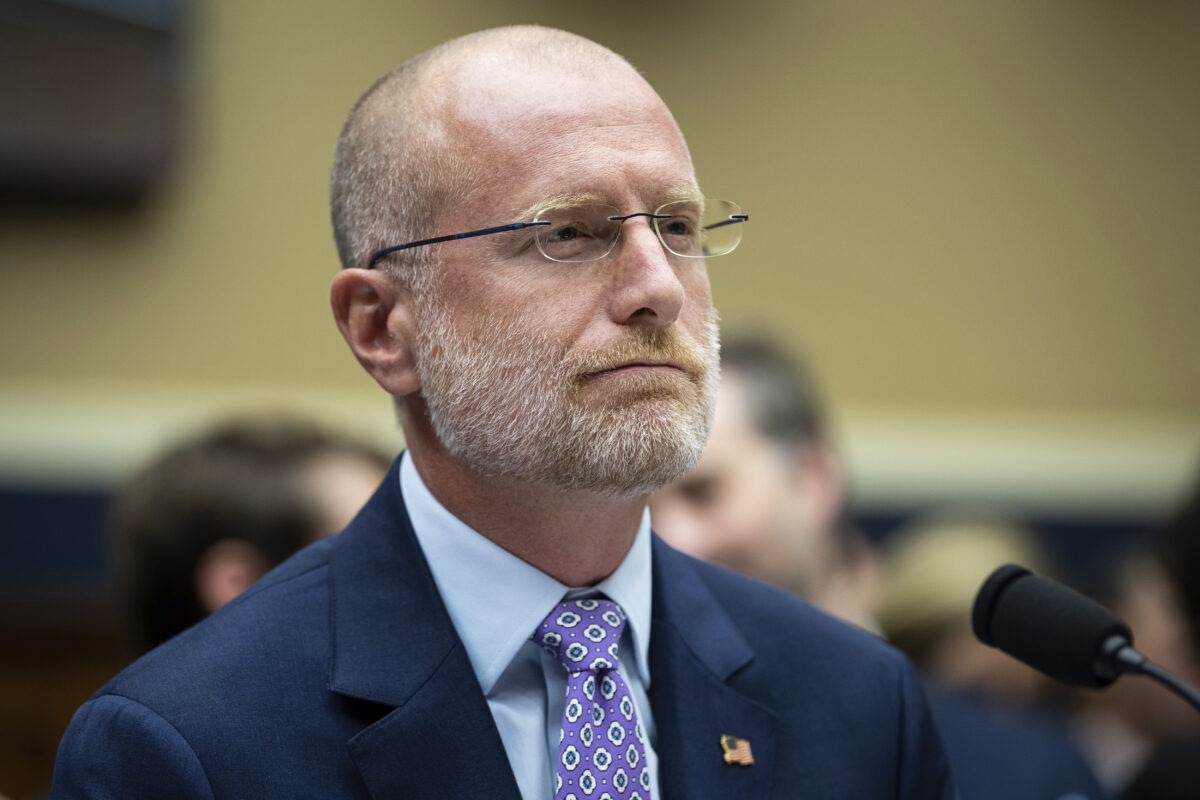FCC Pressure on Jimmy Kimmel Signals the Looming Collapse of Broadcast TV

(Graeme Sloan/Sipa USA)(Sipa via AP Images)
When the FCC chair can push ABC into suspending Jimmy Kimmel, it’s easy to see it as just another late-night drama. But this isn’t about one host—it’s about an entire business model gasping for air. NBC, ABC, CBS, and Fox are trapped in a system that no longer makes sense, and Kimmel’s suspension is the canary in the coal mine.
Broadcast TV is under siege from three relentless forces. First, the advertising market that once funded prime-time glitz is fractured. Ad dollars now flow across a thousand streaming platforms, social apps, and user-generated content channels. A hit show no longer guarantees financial survival. A single drama costing $3–5 million per episode can’t justify itself to advertisers who barely notice linear ratings anymore.
Second, production costs are grotesquely bloated. Networks churn out hour-long dramas, daily talk shows, flashy reality programming — still pretending linear TV is in its golden age.
Meanwhile, audiences stream, scroll, and click elsewhere, consuming content tailored to their tastes on their own schedules. Networks are paying a fortune to reach viewers who increasingly ignore the broadcast signal and instead seek shorter clips on Instagram, TikTok, or YouTube. They stream, click, and scroll, consuming global content tailored to their schedules and tastes.
Third, regulatory pressure has become existential. Where the FCC once set guardrails, it now wields a whip. The suspension of Kimmel over political complaints shows how a single official can materially shape programming choices. Tech-native platforms — global, unbound, and lightly regulated — don’t face these risks.
Put it all together, and the broadcast model looks irrational. News survives longer because audiences still tune in for live coverage. Sports persist because you can’t pause a playoff game or skip a touchdown. But scripted entertainment? The math is already broken. Every dollar spent on a Kimmel-level show is a dollar spent in a shrinking pool of attention and revenue.
Networks can pivot. Peacock, Paramount+, Hulu—they can chase audiences where they actually live. But most are still dragging their feet, clinging to over-the-air signals and legacy habits. Every politically charged fine, every regulatory threat, every ratings dip is a reminder: Linear TV is a shrinking island in a global ocean of screens.
The Kimmel suspension is more than a scandal; it’s a structural collapse in motion. Entertainment programming is already migrating to streaming. Over-the-air TV is limping along with news, sports, and local content. Networks may linger for another decade, but they are running a business that increasingly defies logic.
The real question isn’t if broadcast TV dies — it’s whether executives will admit it before the model collapses completely.
This is an opinion piece. The views expressed in this article are those of just the author.




